-
McNeil Duus 發表更新 5 年, 8 月前
Web design has come a long way since August 1991 when the first ever website was launched. Tim Berners-Lee published a text-based site on behalf of the European Organisation for Nuclear Research. The site itself was informative only and in no way interactive. Primitive in its looks, content included hyperlinks and was actually removed from the web in 1993. It was later decided to reinstate the website due to the importance of human and technological development.
Q: What’s one of the biggest differences between websites of the early 1990’s and those of today?
A: The first website ever created was solely for informative purposes whereas today, owners can offer a wealth of information, sell products and services, provide platforms for social interaction and much more. All of this is carried out in a visually appealing manner.
Q: Can we talk about speed?
A: Absolutely! You may have been around long enough to remember the days of dialup internet. If not, its highly recommended you look into it. Those used to lighting fast fibre broadband will almost certainly be enlightened to learn the process of dialup and how this would mean the telephone (land line) could not be used and was somewhat slow and at times intermittent. Taking this into consideration, websites of 90’s were based primarily around text. Design layouts were a concept of the future along with imagery, typography and navigation. Due to the simplistic (looking) nature of a primitive website, it meant that the user experience was as optimised as it possibly could be and this notion was based upon a user requiring information from a website that worked through a dialup connection.
Q: So what happened next?
A: Towards the mid 1990’s on site page builders began to grow in popularity with web designers choosing this option as a preferred layout. Offering tables, columns and rows, content was able to be separated into specific blocks based upon a subject or category. This meant a web page held even more visual appeal than that of those from the early 1990’s. The main focus continued to be the users’ experience.
Q: Do you remember the page counter?
A: Page counters were great landmarks, offering insight into the number of people who visited a web page.
Search Engine Optimization SEO of information was important to both the website owner and the customer. The former gives an idea of the number of people landing on the website with the latter giving the potential reader an idea of website popularity.
Q: Can we look at page structure then and now?
A: As previously mentioned, early website structure was based heavily around text before moving onto a more boxy feel in terms of blocks and columns. Today, web pages are hot on offering great navigation in order to complete a call to action in as fewer clicks as possible. Great images, well-written content and trust signals are all strategically placed within a professional build.
Q: Can we learn about the 2000’s?
A: This is where content and design saw a clear separation through the magical realms of CSS. Whitespace became a positive aspect making way for the eradication of block colours throughout a web page. Another positive feature of this era included the addition of links to icons as well as text. Resolution and pixelation moved to the forefront of important design considerations.
Q: What about today?
A: Known in the industry as the ‘modern web’, and starting out with the birth of Web 2.0, this modern era has built up over time including the likes of social media integration, interactive content and multimedia applications. Results over time have mapped out how websites are built and how we have come to market them today.
No Responses to “活動”
Trackbacks & Pings
-
expert-ocenka.com.ua :
expert-ocenka.com.ua
“月”求中秋能`”逢圓”, 我求 親情 ,友情 , 天天似中秋情更圓。 祝大家中秋節快樂喔! – lucky小如的部落格
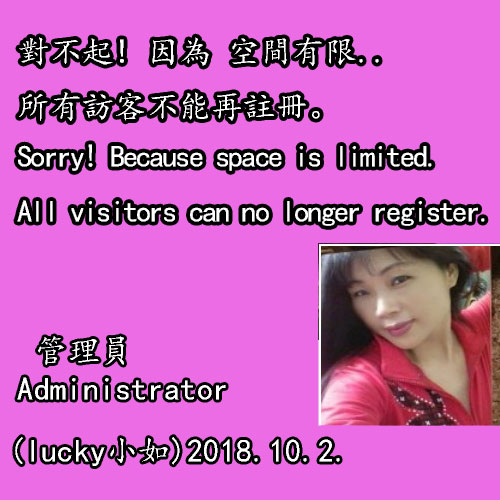
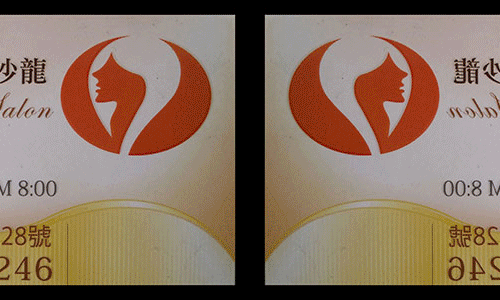
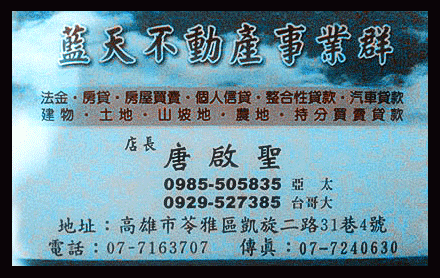
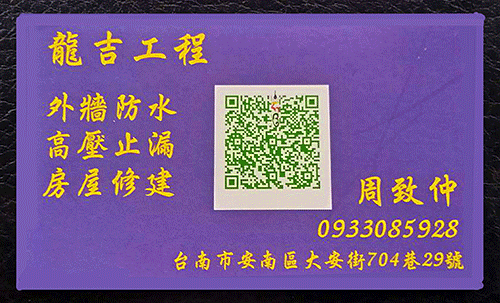
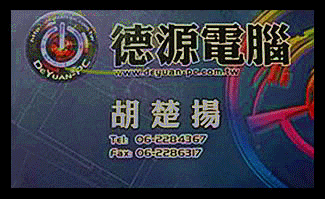

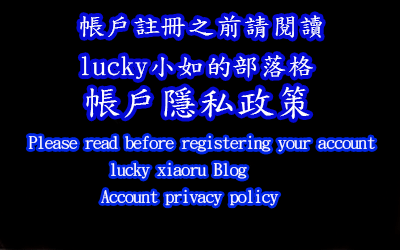

姐姐 元宵節快樂 “喔 !
拍拍手
願天神 保佑 你們!
漂亮喔!
漂亮ㄟ
是阿 雖然是小船 還是很美
希望他不再受苦了!
雖然贊成 “安樂死” ~ 但還是 好捨不得喔!
是啊 捨不得喔
測試
來串門子喔! 呵呵
歡迎喔
說的 真好 掌聲~~~~~~~~~~~~~~~~~~~~~~~~~~~~~~~~~~~~~~~~~~~~啪~啪~
謝謝掌聲
愛情這件事,勉強不了, ❀ 住不進你心裡的人就放他走, 有緣就珍惜,無緣就放手吧
恩是啊!
故意的嗎? 呵呵
端午節快樂^_^
端午節快樂喔 !
我也祝妳母親節快樂喔!
母親節快樂喔!
生日快樂喔!
謝謝你 呵呵!
好棒喔! 以後去日本就快了
還是台灣好喔! 希望新 政府能好好保護台灣 不要有這樣的情形
我也這麼想喔!
測試 網頁 音訊 123123
測試 中 123123
全民買單 可憐 !
是啊! 雖然成功了 但是 還是 全民買單
是阿
好久不見喔 ! ****
下次應該去看看
是啊 ! 去看看 你的生日 鹽 顏色
ㄚㄚ測試 阿姐你有看到嗎?
有 謝 囉 呵呵
只能在這PO
我回你可以看到嗎?
喔喔
哈哈
勿以善小而不為!!聚沙成塔~~每個人都可以發揮愛心~讓地球充滿了愛~~
是 啊! 每個人都可以發揮愛心~讓地球充滿了愛~
走吧~揪團一起去~~
招 你女朋友 一起去 呵呵 我們在旁邊看
哈哈 人家在是結婚ㄋ
不錯!
我傳給你的有收到嗎?
OK囉!
很美
下次經過去買喔!
真的歡迎你!
是喔! 為何?
因為把設定設隱藏 囉
差一點 不能留言
888可以教教我 如何做漂亮圖嗎?
我想 問如何加入? 都是英文